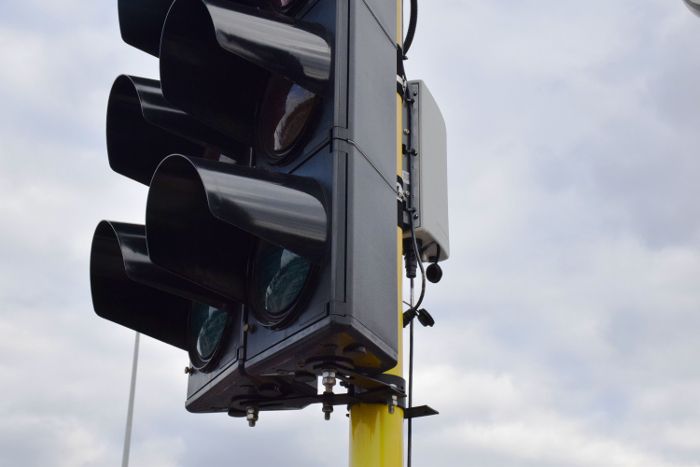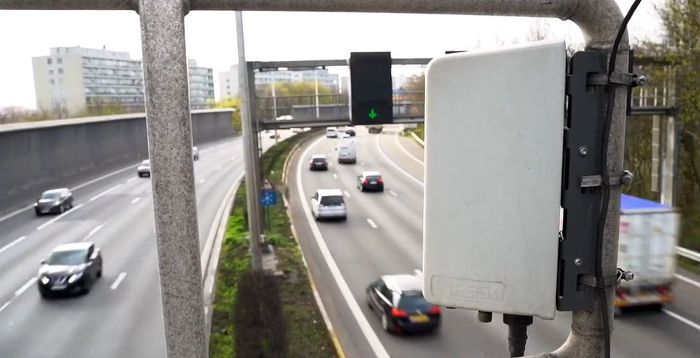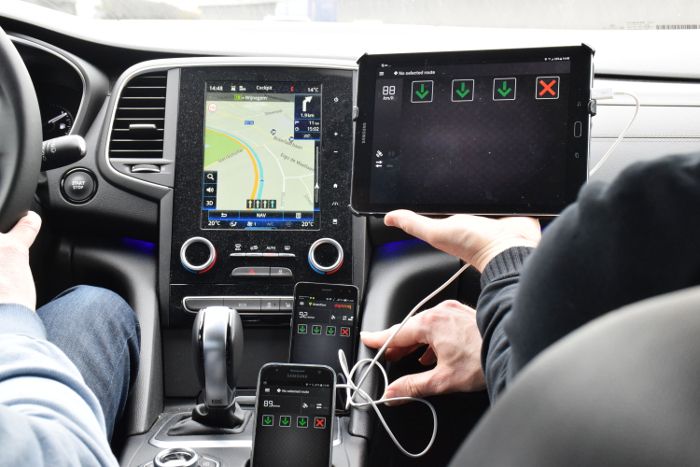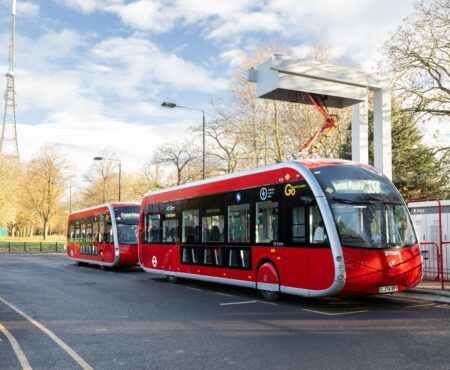The European InterCor (Interoperable Corridors) project has successfully tested innovative cooperative ITS (C-ITS) services in real traffic conditions and across borders during last week’s TESTFEST in Flanders (Belgium).
The TESTFEST was the fourth and final test event of the three-year €30m (US$33.7m) InterCor project that was co-financed by the European Union under the Connecting Europe Facility (CEF) program. Hosted by the Flemish Ministry for Mobility and Public Works and ERTICO-ITS Europe, the InterCor project teams from Belgium, France, the Netherlands and the UK drove across borders to pilot sites in the Flanders region of Belgium and the Netherlands. The InterCor project aims to enable vehicles and the related road infrastructure to communicate data through cellular, ITS-G5 or a combination of cellular and ITS-G5 (hybrid) networks on road corridors through the participating countries, in order to achieve safer, more efficient and convenient mobility for people and goods.

C-ITS stations were placed alongside the road to send information to the test vehicles about real-time road and traffic conditions, such as speed advice, obstacles, lane closure, traffic light status. The messages were displayed on a system in the vehicle, with the ‘on-board station’ warning the driver in a safe way about potentially dangerous traffic situations. The main objective of the tests is to investigate whether the ITS equipment from different countries and technology providers works well together, in order to harmonize systems to ensure service availability and continuity, and ultimately increase road safety across Europe.
The emphasis of the latest TESTEFST was on services broadcasting data about traffic conditions from the roadside stations (RSU) to the unit onboard vehicles (OBU) and the specifications for these services necessary for use across national borders.

The InterCor TESTFEST demonstrated how information can flow automatically to in-vehicle displays so that drivers can make real-time decisions and road safety and traffic flow can be improved. By displaying the information on the screen inside the vehicles, the chance of drivers missing the information displayed on roadside signs is reduced. The messages included red cross lane closure warnings on a dynamic sign above the motorway, traffic light ‘countdown’ information to show how long a driver has to wait for the green light. The ultimate goal is that the driver no longer receives ‘noise’ from information while traveling, and the vehicle of the future will automatically receive data about road works, speed limits or traffic lights and can then suggest a different route or speed to the driver. Eventually, this information would support automated mobility and enable self-driving vehicles on European roads.
The first results were presented at the Connecting European Corridors conference, where Peter Schmitting, InterCor TESTFEST activity leader from ERTICO-ITS Europe, said, “During this TESTFEST, 12 international teams did successful cross-border test runs proving interoperability of C-ITS services in the InterCor Member States and beyond. This is another step to the international roll-out of C-ITS. There is still a lot of work ahead, but we are on the right track.”





